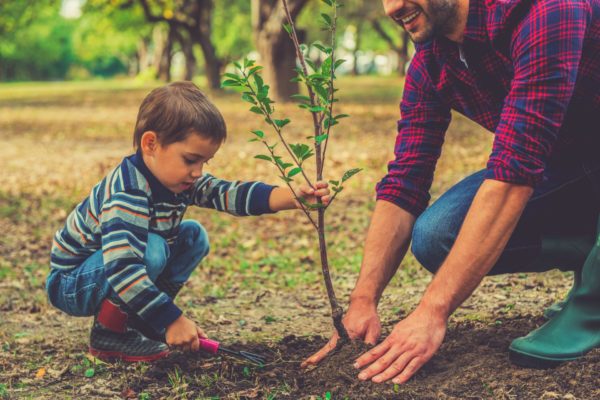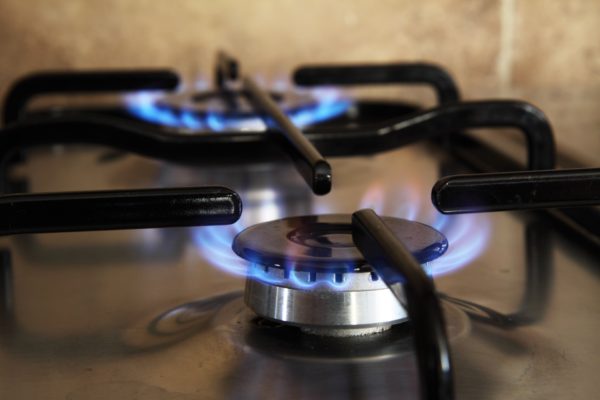According to the EPA, about 40% of all energy consumed in the U.S. is used to generate electricity. And most of that electricity produced comes from fossil fuels such as coal and natural gas. Thus, electricity is a significant component in each person’s carbon footprint. Here, you’ll find resources to reduce the environmental impact of your energy use, as well as learn about topics on renewable energy, sustainability and just living green!
This leading form of green energy produces no emissions, no greenhouse gases and doesn’t require fossil fuels to power your home. Can you believe this is all thanks to the sun? Learn more about this inexhaustible resource and its potential to transform our lives for good.


Did you know that green energy and renewable energy are different? Green energy sources are the most environmentally friendly because they have little to no impact on the Earth. And solar energy is actually a form of green power!
As a renewable power company, we care about how people use electricity and how it’s sourced. These tips to lower your energy consumption not only creates a more sustainable future for Texas (and the world), but also they can significantly lower your bill and save you serious bucks!


From composting pizza boxes to recycling your plastic goods, there’s a myriad of ways to reduce your impact on the environment and live a more sustainable lifestyle. Here, we recap the easiest and most effective tips that you can implement today.
Whether you’re aware or not, so much of our daily lives generate greenhouse gas emissions — from driving your car, cooking your family meal, cleaning and even charging your phone. And these emissions from human activities make up a person’s carbon footprint. Luckily, we’ve gathered our best tips on how to reduce yours below.


At this point, you must know a lot about green energy, but what about traditional energy, also known as brown power? To fully understand the benefits of renewables, you need to learn about the impact fossil fuels have on our environment. You’ll find the answer to that and more here.
We’ll provide you with 100% clean, renewable energy, always backed by simplicity, transparency and integrity